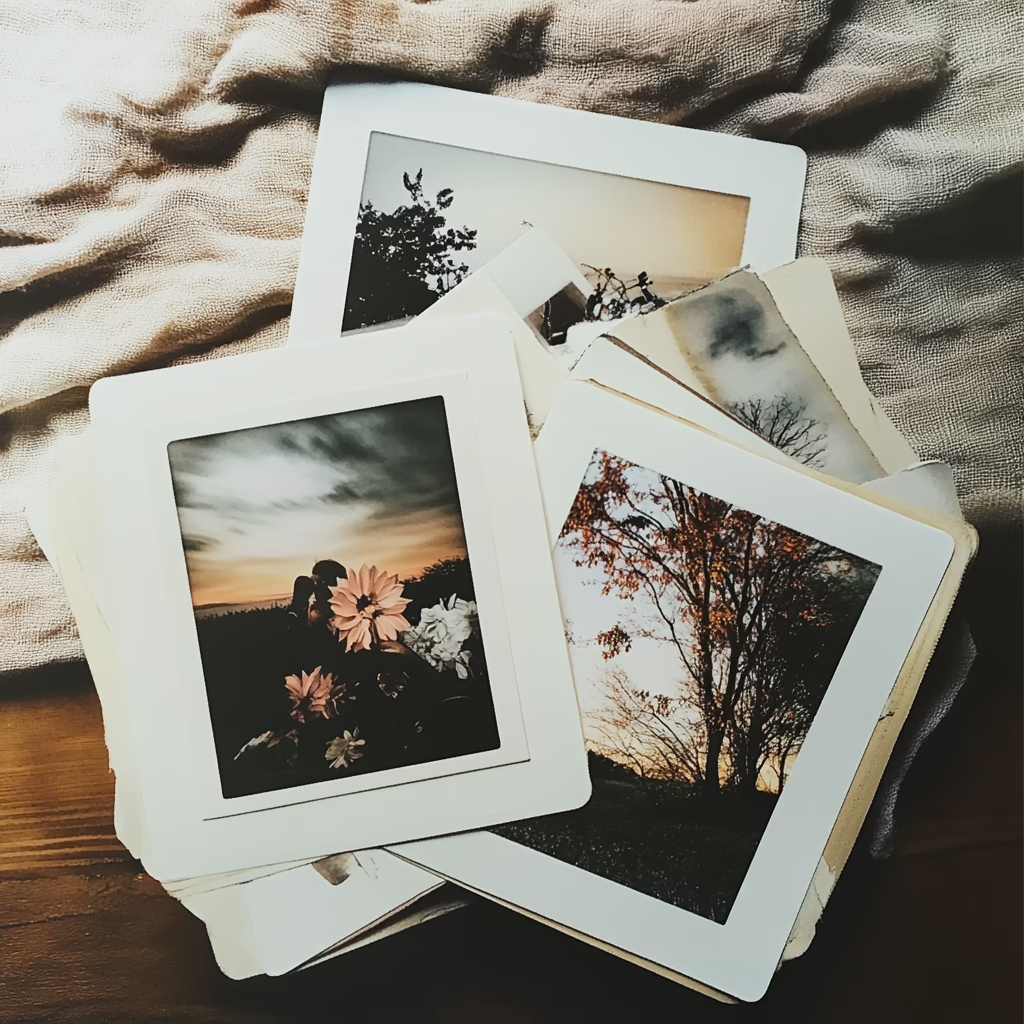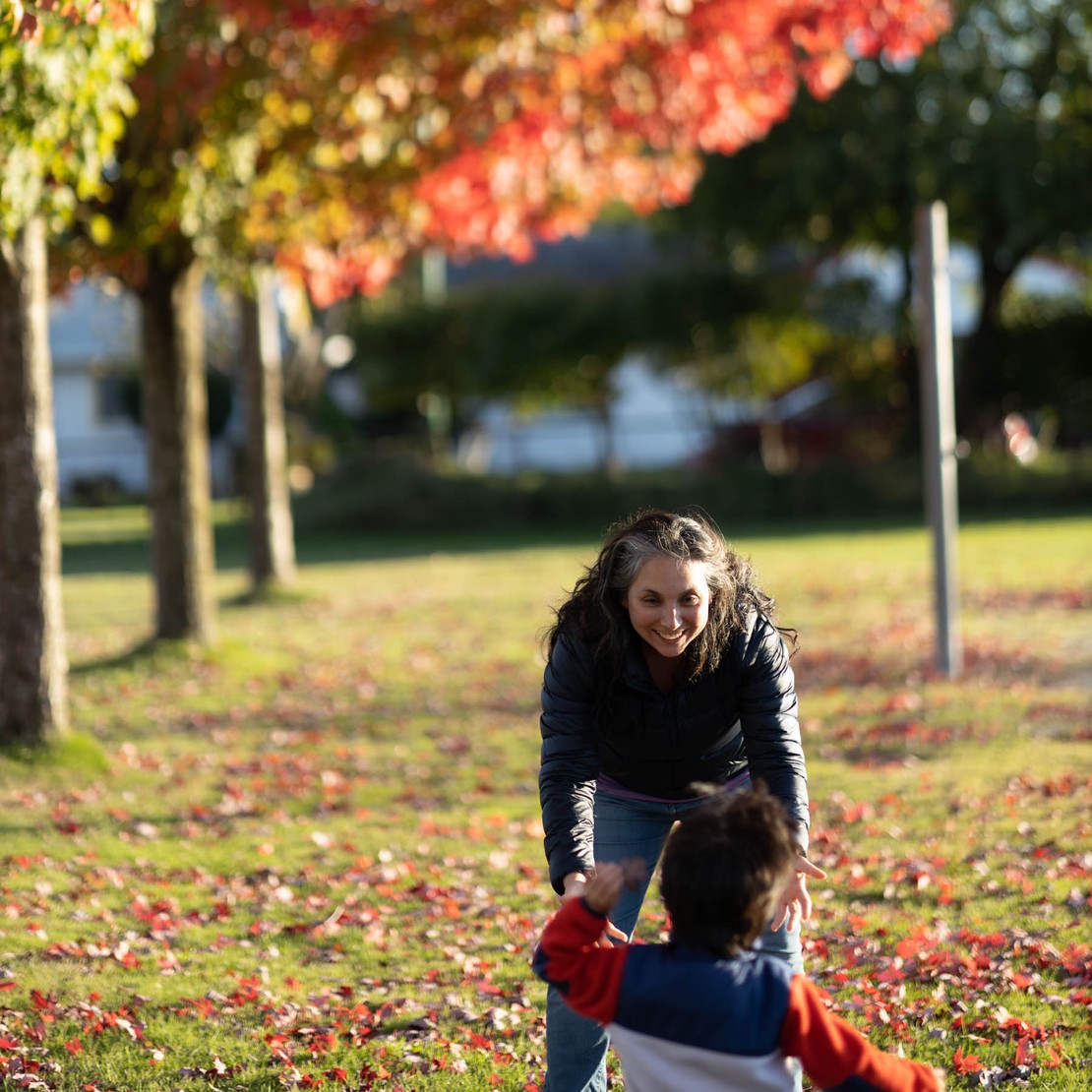AI Building Blocks: The Photo Album Analogy
Table Of Contents
When AI Met Grandma’s Photo Albums
You know that moment when you’re at your grandmother’s house and she pulls out the old photo albums? The ones with decades of memories, carefully labeled with names, dates, and little notes? Well, it turns out those photo albums can teach us a lot about how AI actually works. (Stay with me here - I promise this will make sense!)
Info
This is the third post in our AI explainer series. If you missed the first two conversations with Claude, you can catch up here: What is AI? and Behind the Scenes with AI
The Great Photo Organization Project
Let’s imagine you’ve inherited ALL of your family’s photos. We’re talking thousands of pictures spanning decades. Your mission (should you choose to accept it) is to organize them in a way that makes sense. This is basically what AI does with information, just on a much larger scale.
Here’s how you might tackle those photos:
- Sorting by Categories
- Weddings
- Birthday parties
- Vacations
- Holiday celebrations
This is exactly what AI does with data - it learns to categorize information into meaningful groups.
The “Who’s Who” Game
Remember playing that game where you try to identify relatives in old photos?
“That’s definitely Uncle Joe!” “No, that’s Uncle Jim - see how he’s wearing those awful plaid pants he loved?” “Wait, are we sure it’s not Cousin Jeff?”
This process of identification and pattern recognition is eerily similar to how AI learns to recognize things. Just like you learn to spot Uncle Joe by his signature awkward smile or Aunt Martha by her iconic beehive hairdo, AI learns to recognize patterns in data.
Tip
The big difference? While you might have a few thousand family photos to learn from, AI systems are trained on millions or even billions of examples!
The Metadata Magic
Here’s where things get interesting. Think about how your grandmother labeled those photos:
- “Christmas 1982 - Tommy’s first bicycle”
- “Sarah’s graduation - June 1995”
- “Beach vacation - Smith family - Summer 1988”
This additional information - what we call metadata - is crucial for both photo albums and AI. It provides context and helps create connections between different pieces of information.
The “Fill in the Blanks” Game
You know how you can look at a half-torn photo and still figure out what’s probably in the missing part? If you see half a Christmas tree and some wrapped presents, your brain can make a pretty good guess about what’s in the torn-off section.
AI does something similar with what we call “predictive modeling.” Given partial information, it can make educated guesses about what’s missing based on patterns it’s learned.
When Photos Go Wrong
We’ve all seen those hilarious photo fails:
- Someone blinked
- A thumb over the lens
- That weird effect where everyone’s eyes glow red
These mistakes help us understand AI errors too. Just like a camera can misinterpret a scene, AI can sometimes get things wrong by:
- Misidentifying patterns
- Making incorrect connections
- Getting confused by unusual situations
The Family Resemblance Factor
Here’s a fun one - you know how you can sometimes spot family resemblance even in photos of relatives you’ve never met? That’s because your brain has learned to recognize certain patterns in facial features that tend to run in families.
AI does something similar when it learns to recognize patterns in data. It’s not just matching exact copies - it’s learning to spot similarities and connections, just like you can see that your cousin’s baby has “the family nose.”
The Time Travel Effect
One of the coolest things about old photos is how they capture changes over time:
- Fashion trends
- Hair styles
- Car models
- Home decor
This is similar to how AI learns to understand sequences and changes. Just like you can look at a series of photos and understand how things evolved over time, AI can learn to recognize patterns of change and development.
The “What’s Wrong With This Picture?” Game
Remember those fun puzzles where you had to spot what was wrong or out of place in a picture? Maybe it showed a beach scene with a penguin, or a winter landscape with a palm tree?
This is actually a great analogy for how AI learns to detect anomalies - things that don’t fit the normal patterns it’s learned. Just like you know a penguin doesn’t belong on a tropical beach, AI can learn to spot things that don’t fit expected patterns.
Putting It All Together
So what can Grandma’s photo albums teach us about AI? Quite a lot, actually:
-
Organization Matters: Just like organized photos are more useful than a jumbled box of snapshots, AI needs well-organized data to learn effectively.
-
Context is Key: Those little notes and labels on photos? That’s like the training data that helps AI understand context.
-
Pattern Recognition: Just like you learn to recognize family members across different photos and years, AI learns to recognize patterns in data.
-
Learning from Mistakes: Those blurry photos and red-eye shots? They’re like the errors that help AI systems improve.
Warning
Remember: Just like you wouldn’t trust a single blurry photo to tell you the whole story about an event, it’s important to maintain healthy skepticism about AI’s outputs and verify important information!
The Big Picture (Pun Intended)
Understanding AI doesn’t have to involve complex math or computer science terms. Sometimes the best way to understand new technology is to compare it to something we already know well.
So the next time someone asks you how AI works, you can tell them: “Well, you know how Grandma organizes her photo albums…”
Info
Coming up next in our AI series: “A Day in the Life with AI” where we’ll explore all the ways AI is already part of your daily routine (whether you realize it or not!)
P.S. If you’re wondering why I chose photo albums as an analogy - it’s because everyone has experience with them, even if they’re all digital now. Plus, I may have been inspired by finding my own embarrassing childhood photos while writing this. No, I will not be sharing the one of me with the bowl cut. Some things are better left in analog format!

